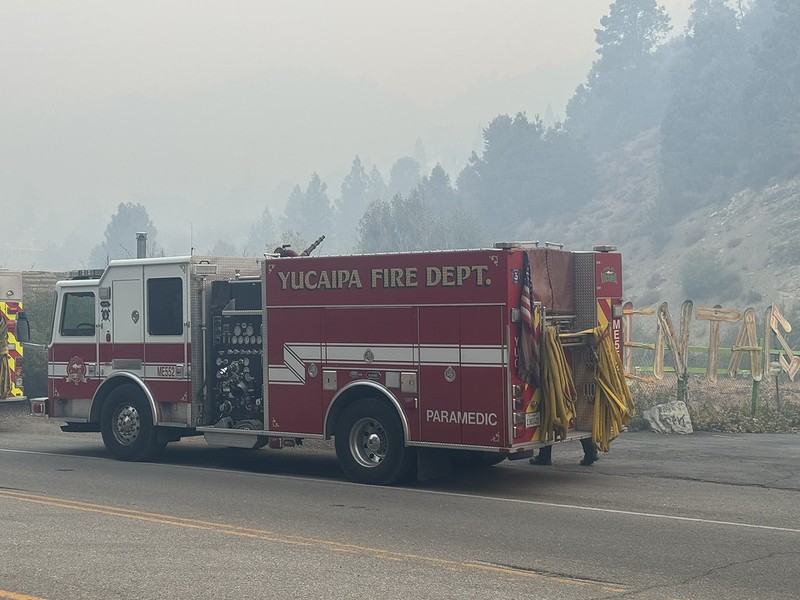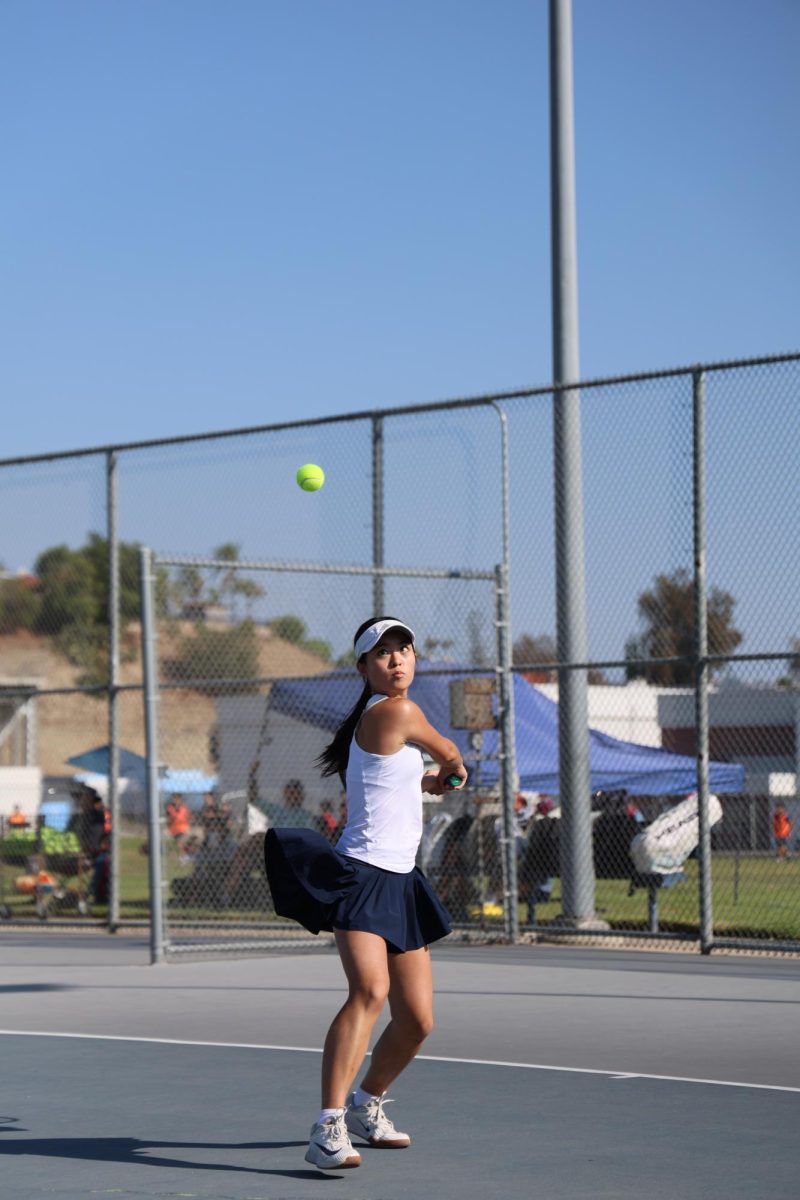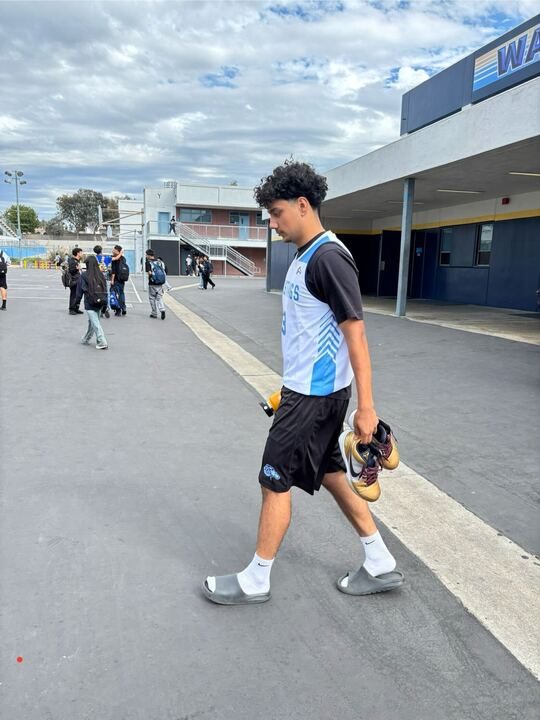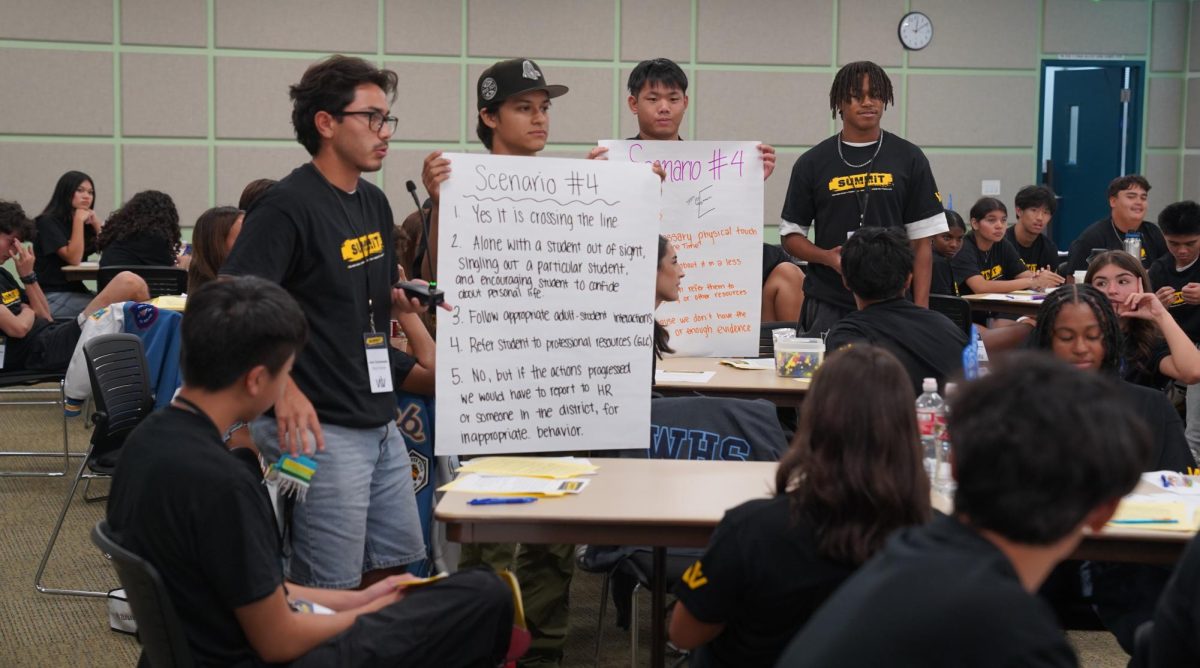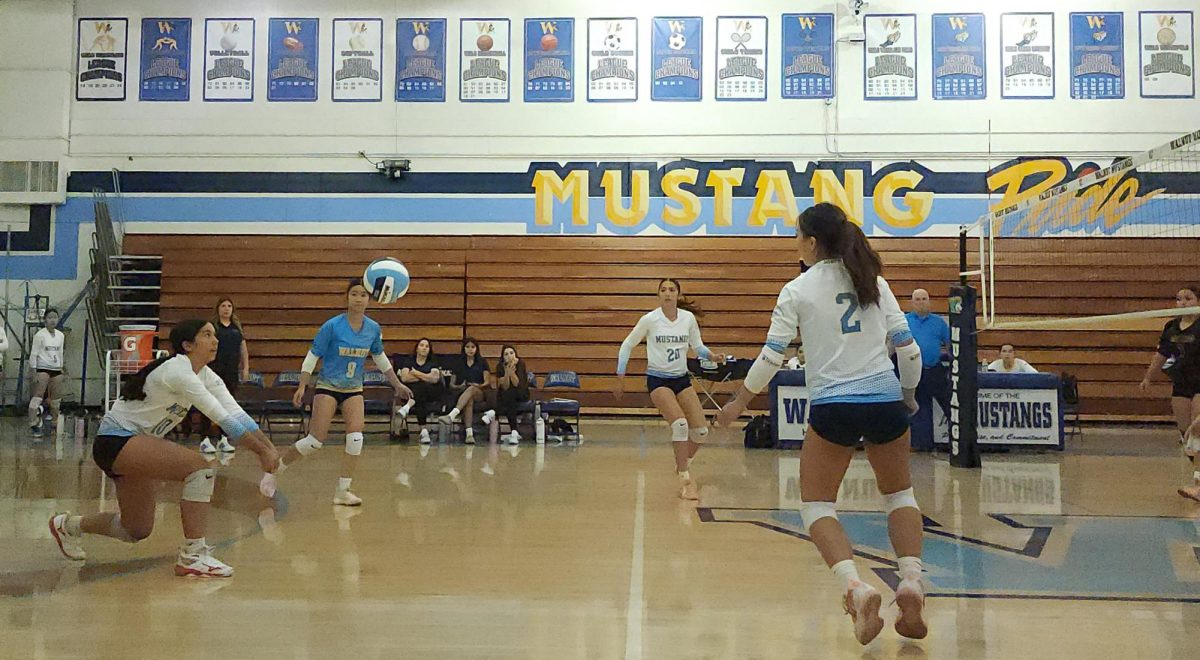Walnut has strictly enforced air quality protocols on fall season sports following the heatwave and ongoing fires in the Los Angeles, Orange and San Bernardino Counties.
According to the California Department of Forestry and Fire Protection, there are three active fires in the Southern California region. As of Sept. 20, the “bridge fire”, the largest of the three and spanning over 50,000 acres, was at 60% containment, affecting both Los Angeles and San Bernardino counties. The “line fire” and “airport fire” in San Bernardino and Orange counties were at 53% and 51% containment respectively. With these fires occurring simultaneously, the air quality deteriorated, peaking at red, which stands for unhealthy on the air quality index (AQI). As a result, many sports such as cross country and tennis had to cancel their practices because of the smoke.
“The air quality was something we weren’t really ready for,” cross country captain junior Jonathan Castellanos said. “Because of all the fires and smoke, my coach had us cancel practice altogether. Thankfully it had only been one day so the rest of our routine was relatively unchanged.”
The smoke affected athletes for a few days, but the effects subsided mainly due to the winds blowing the smoke in the northeast direction, away from Walnut. Athletes have already resumed practice sessions; however, air quality remains a concern, as the absence of smoke doesn’t correlate to healthy air quality. Head athletic trainer Victoria Vidales emphasizes raising student awareness and encouraging students to learn when it is safe to be doing outdoor physical activity.
“It’s [important] to inform people beforehand of how we can monitor the weather ahead of time,” Vidales said. “This way we are ensuring we’re staying indoors and not exercising during [unsafe] hours, whether it be on campus or not.”
Walnut’s air quality protocol is based on California Interstate Federation Air Quality Index Rules Bylaw 1003H, which revolves around the AQI. The index provides real-time monitoring and alerts, tracing five different pollutants: ground-level ozone, particle pollution, carbon monoxide, sulfur dioxide and nitrogen dioxide. Ground-level ozone, which is a major component of smog, is the most concerning pollutant that schools need to be concerned about. Coaches are trained to determine when it is safe for their athletes to resume practice or competition.
“I always look at the weather app and it shows air quality. [The other day on Sept. 9] it was off the charts, so I canceled practice,” cross country coach Jerry Knox said. “Today [Sept. 10], the air quality wasn’t perfect, but according to the AQI it was safe, so we [continued] with practice.”
With temperatures dropping and further fire containment efforts, athletes hope that things will return to normal.
“Assuming all goes well with the ongoing fires and improved air quality, I hope to make the most of my season,” Castellanos said. “There have already been some fears that the fires may postpone our races and interfere with the season. If none of that happens, I just want to race another great season and hopefully improve on my times.”

